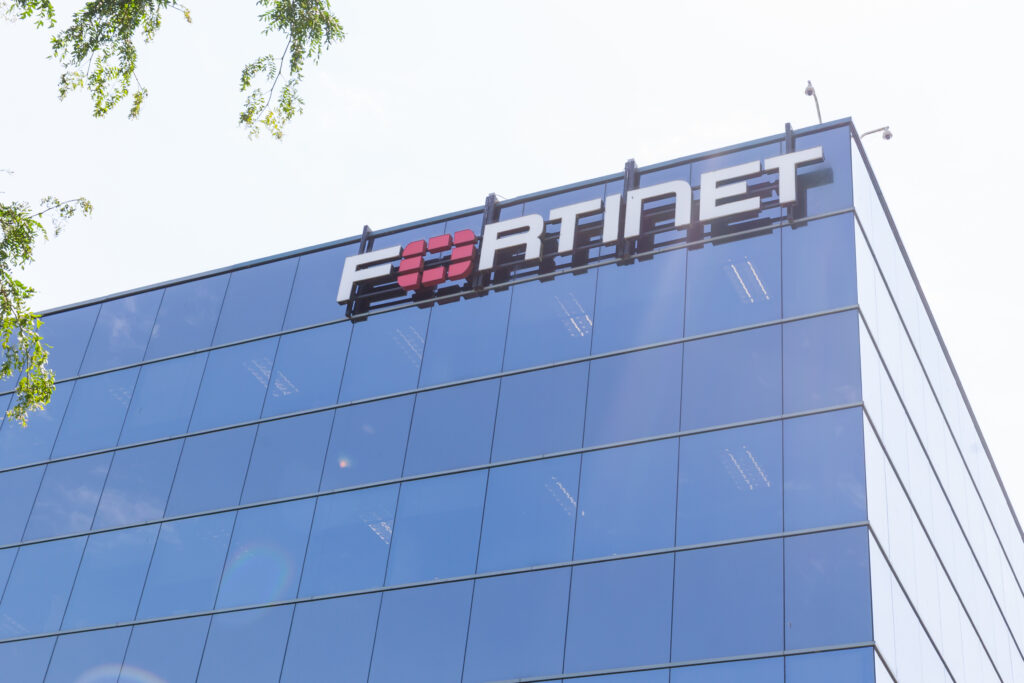When deciding between secure access service edge (SASE) and secure service edge (SSE), it’s more than just semantics. Your decision impacts your network design, network performance across users and applications, and your security strategy’s scalability. One solution includes a software-defined wide area network (SD-WAN), the other doesn’t. But ask ten different vendors what that means for your network, and you’ll likely get ten different answers.
Security and networking teams using disjointed tools or just taking a vendor’s word often end up struggling with a pile of overlapping systems, confusing policies, and missing pieces like SD-WAN or zero trust network access (ZTNA) they thought were included.
In this guide, we’ll clear up the confusion. We’ll help you understand where SSE ends and SASE begins, what to evaluate when choosing one (or both), and how to see through vendor marketing to make the right choice for your environment.
How SASE and SSE apply in enterprise architecture
SSE is often the starting point for most organizations. It provides cloud-based security functions such as a secure web gateway (SWG), firewall as a service (FWaaS), cloud access security broker (CASB), and ZTNA. These functions form the core of cloud-delivered security, giving teams a way to enforce consistent access controls across cloud environments. Although ZTNA is being promoted as a standalone silver bullet by some vendors, it is normally most effective as one part of a wider SSE strategy to control access to SaaS applications, cloud platforms, data centers, and on-premises systems.
SASE takes that further, with the addition of SD-WAN to give teams greater control over performance, network connectivity, and the overall SASE framework. Whether your focus is on performance optimization with the best SASE providers with SD-WAN and security coverage, or you’re using SSE to rapidly secure cloud applications, the architecture is often dictated by what your team can handle today. As explained in SASE vs. SSE, many organizations tend to implement both solutions incrementally, especially when enabling remote access, hybrid workloads, or distributed branch offices.
Pros and cons based on buyer concerns
If your team needs to move fast, SSE can be a smart place to start. It’s a lighter lift to deploy (good for cloud-first buyers who just want to control endpoint and cloud apps without re-architecting their network), and can deliver security capabilities to businesses with a SaaS-heavy footprint and distributed end users without incurring the additional cost and complexity of SD-WAN. It’s also useful in environments with large numbers of IoT devices and remote workers, where visibility and control are often limited.
Buyers who need real-time security services and app connectivity: SASE can help buyers in this next phase, where real-time security services are married with networking services like SD-WAN. That’s especially true for users trying to address latency, branch-to-branch traffic flows, or a legacy network core. But if SSE promises greater agility, SASE also has its own complications.
Integrating those real-time services with SD-WAN can add time to your go-live, may require inter-team coordination and policy standardization (depending on how siloed your network and security teams are today), and still leaves you deciding whether network and security teams should merge in the long run.
Both SSE and SASE buyers as well as “all in” SASE solution buyers often follow the pattern outlined in SSE or SASE solution comparisons: start with SSE for the short-term gains and then add SD-WAN later, once your infrastructure is ready to support it. The key decision points are usually around team bandwidth and network maturity.
The biggest blocker? Overlapping tools. If your CASB, firewall, and data loss prevention (DLP) policies all live in different systems, you’re burning time and increasing risk. That’s why teams are turning to platforms like the Tufin Orchestration Suite to simplify network complexity with a unified control plane, delivering centralized visibility, automated policy orchestration, and continuous compliance across hybrid environments.
Comparing SASE vs. SSE across vendors
Vendors make it difficult to compare by making sweeping claims about what their SASE or SSE can do. Both Microsoft and Cisco attempt to sell individual, stand-alone security services under their SASE umbrella. As we saw with Cato, Netskope, and Fortinet with SD-WAN, each security vendor tacks on SSE in unique ways. You really need to drill down with any vendor to see if their promises cover your cybersecurity posture and network traffic needs.
Some teams purchase or research their existing SSE or SASE solution to learn more about ZTNA or SD-WAN. They’re typically surprised to find that it’s missing or won’t function as they had assumed.
What ends up happening with so many vendors in this space is inconsistent definitions from provider to provider. This means teams cannot trust that they will get complete coverage by the use of the product names themselves.
The better method is to focus on your objectives to determine the best fit. Are you phasing out VPN access? Streamlining firewall and CASB policy management? Improving user experience across cloud-based workloads and branch offices? Guides such as understanding how ZTNA, SDP, and SSE work together and SASE to SSE can help you uncover which model will best match your environment, rather than taking the time to research individual vendors based on name alone.
If you’re managing security across hybrid networks and multiple platforms, the Tufin Orchestration Suite can make that easier by consolidating policy across firewalls, SASE, SD-WAN, and cloud platforms. Combine that with insights from how data and automation are reshaping network security, and you’re in a better position to cut through the noise and build something that works.
Select based on environment, not terminology
The decision between SSE solutions and a full SASE architecture should be dictated by your use cases, not vendors’ product names. If you’re looking to lower latency, harden data protection, and deliver remote access and cloud-native security, start by mapping your most critical endpoints, workloads, and networking capabilities.
That focus can help you evaluate your existing network architecture, security posture, and the value of single-vendor SASE offers. Book a demo to see how you can deliver centralized visibility, automated policy orchestration, and continuous compliance across hybrid environments.
Frequently asked questions
What’s the difference between SASE vs. SSE in real-world deployments?
SASE is a convergence of both networking (think SD-WAN, VPN) and security (ZTNA, CASB, SWG) into one stack. As a subset of SASE, SSE is intentionally focused on the security use case and delivered as a cloud-based service, so it’s a natural fit for teams needing to secure cloud apps, remote users, and endpoints without needing to adjust the network layer.
Explore the best SASE providers with SD-WAN and security coverage to learn how different vendors are approaching this evolution.
How should teams evaluate vendors when comparing SASE vs. SSE?
It begins with an honest evaluation of what specific capabilities your environment actually requires. Do you have a real need for SD-WAN, or is native DLP support just a ‘nice to have?’ If it’s in your use case, be sure the features are present and native, not an ‘aftermarket’ add-on. Some vendors can provide an entire stack of security solutions, others only a subset. Determine what will fill your gaps without overcomplicating your environment.
Review the top SD-WAN providers and how to compare them to help you narrow the list.
What role does policy management play in SASE vs. SSE decisions?
Robust policy management is essential to ensure you have granular and consistent access controls across all your tools: CASB, FWaaS, ZTNA, etc. Without centralized management of your rules, there’s a high risk of coverage gaps, performance issues, and audit nightmares—especially for hybrid environments.
This guide to investing in network security policy management can help you figure out how to align your controls across platforms.
Ready to Learn More
Get a Demo





